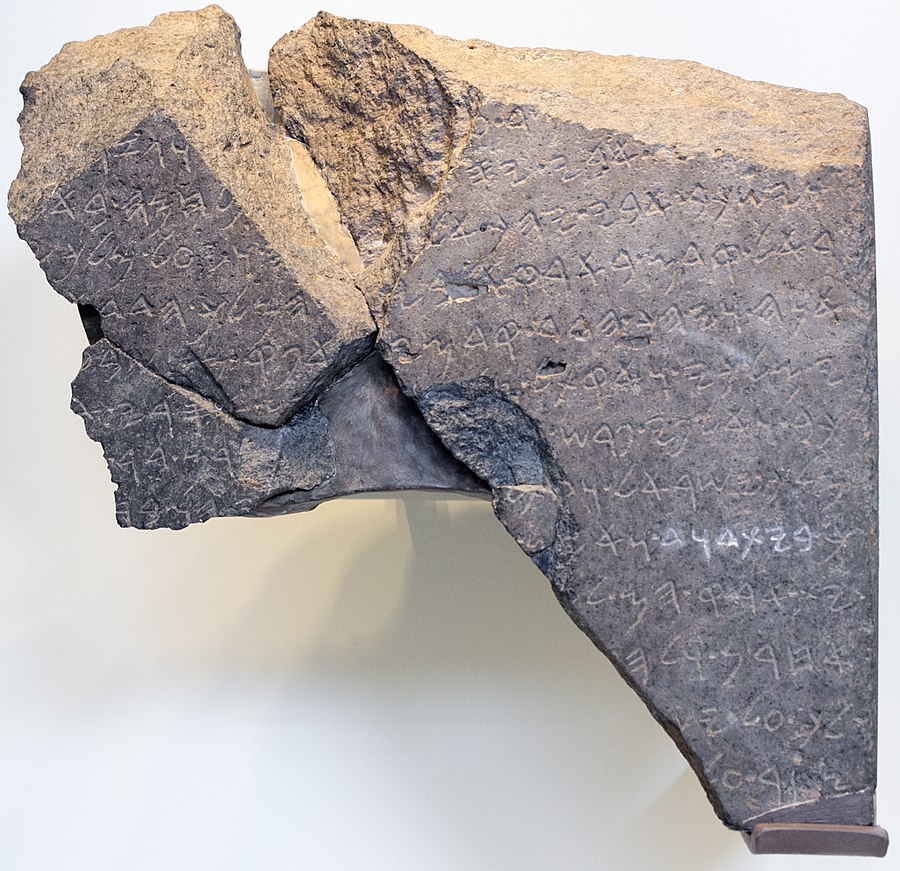Facts About Tel Dan Stele
The Tel Dan Stele is a compelling archaeological discovery unearthed in 1993 at Tel Dan in Israel by Gila Cook, who was part of a team led by Avraham Biran. This ancient artifact, dating back to the 9th century BCE, consists of several fragments and features inscriptions in Aramaic.
The inscriptions narrate a dramatic tale about the slaying of Jehoram, the son of Ahab, by an individual believed to be Hazael, an Aramean king. One of the most remarkable aspects of the stele is its mention of the "king of the house of David" providing some of the earliest external evidence of King David's existence.
Since its discovery, the Tel Dan Stele has ignited numerous debates regarding its age, authorship, and authenticity. Despite some initial skepticism, most scholars now regard it as genuine. The text on the stele boasts of victories over the kings of Israel and the House of David, making it one of the earliest non-biblical references to David.
The stele holds particular significance as it is one of the few ancient inscriptions that mention "Israel." It describes conflicts with Israelite kings and the House of David, though interpretations of these conflicts vary. Some scholars even dispute the identification of the enemy kings mentioned in the inscription.
Although the authorship of the stele is generally attributed to Hazael of Damascus, some scholars have proposed other figures such as Ben-Hadad III or Jehu of Israel. The phrase "House of David" has also sparked debate. Some believe it refers to a Davidic dynasty, while others think it could signify Jerusalem or even a deity.
Today, the Tel Dan Stele is on display at the Israel Museum, cataloged as KAI 310. It remains a significant and intriguing piece of history, offering valuable insights into ancient political dynamics and the historical context of biblical events.

 Syria
Syria